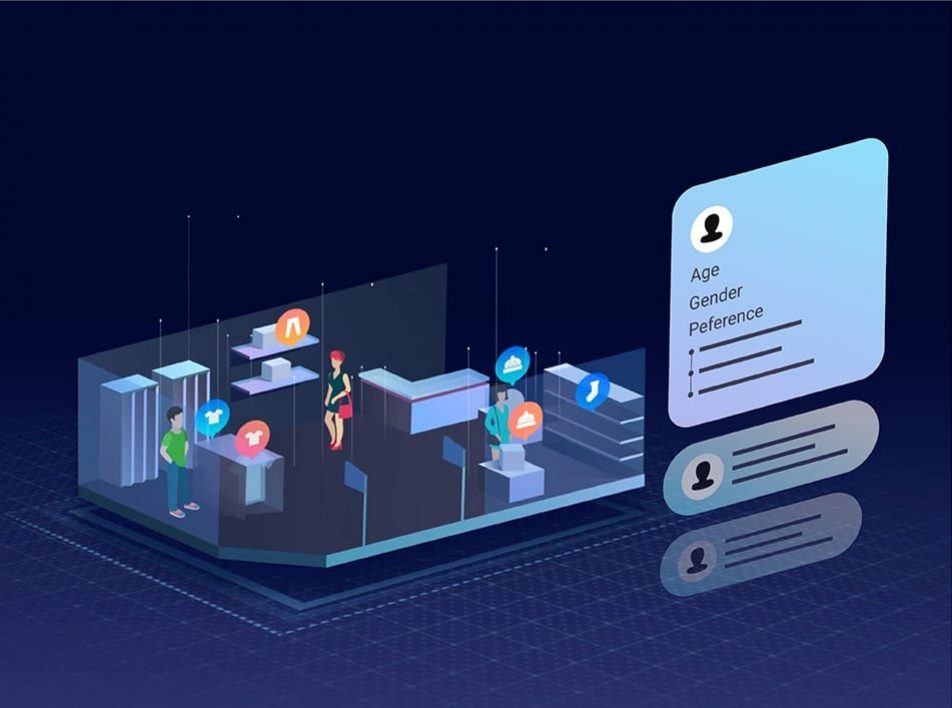Although many retailers are identifying unique customer segments and even actively investing in ID management technologies, most still need to make progress in terms of driving business benefits. Nearly half (49%) of retailers identify fewer than 50% of their web site visitors, and only 12% claim they can uniquely identify a prospect or customer if they are engaged at any point across online and offline channels, according to a survey from OneMarket and WBR Insights unveiled at eTail Boston.
While 24% of retailers cannot uniquely identify a prospect or customer across online and offline channels, 26% can only identify a customer if they make a purchase.
Most retailers (58%) have adopted some form of ID management technology to improve personalization or better target consumers — either as a core component of their business (28%) or as a developing part (30%). Dave Goulden, Chief Product Officer at OneMarket, noted that those who leverage ID management as part of the core are more likely to link individual customers back to the impact of marketing campaigns delivered both online and in-store.
Advertisement
“There’s one piece — do I know who my customer is who is walking into my store and buying from me?” said Goulden in an interview with Retail TouchPoints. “The second is — can I link that to my marketing activities? Once I know that, can I then create some intelligent segments of those users and talk to them in ways that are more personal versus batch-and-blast emails? A retailer has to recognize that I’m a husband buying jewelry for my wife and I don’t need to know about jewelry all the time. You can speak to me a little bit differently than if it was my wife buying for herself.”
Goulden indicated that those that are still developing their ID management strategy still have trouble communicating with relevant messaging, and aren’t measuring the impact of cross-channel marketing campaigns on store sales.
“We usually see the breakdown of being able to tie back marketing in-store,” Goulden said. “If you’re not able to identify your customer when they buy, and you haven’t linked it to be able to drive your marketing, you won’t be able to know if you served an ad or an email to this person and drove them into a store with it.”
Top Retailers Identify Customers Via Incentives, Live Receipts
For retailers that are still working on their ID management technologies, or even the 35% that are considering adopting the technologies, success in customer identification comes down to creating the right incentives, like delivering receipts through more personal means of communication than email such as messaging apps. This creates a two-way communication process between the retailer and the shopper that doesn’t end once the receipt is read.
Presently, only 29% of retailers can attribute post-receipt actions such as physical store visits, web site visits and app usage, the report said. To address this, OneMarket offers a “Live Receipt” over messaging apps like Facebook Messenger or WhatsApp in addition to email, so the consumer can engage in conversation with a digital assistant on behalf of the retailer, ask questions and get more information about the retailer. At the same time, the retailer can continue contacting the shopper throughout their journey and potentially interact with them for a future purchase, as long as the shopper remains opted in.
The Next Step To Enhancing ID Management Strategies: Integrating Offline CRM Data
Despite the need to integrate both online and offline shopper data, 57% of retailers are still not onboarding offline CRM data as part of their ID management program, limiting their ability to get a true single view of their customers.
“When you link these two worlds together, you can say, ‘This person was browsing my web site and they probably didn’t log in, but I understand what products and categories they were looking for,’” Goulden said. “But when they walk into the store, I can pinpoint that activity on the web site led to a sale, or that activity could be exposed to a sales associate in a clienteling app, so that they could be more informed about what the customer can be researching at the moment. Tying together what is traditionally more anonymous, cookie-type stuff with who that person is — with the right privacy permissions — that is a critical piece of bringing together offline and online.”
Of the retailers that do onboard offline CRM data, 51% said they used this data for customer insights and/or predictive marketing, while another 51% intend to use it to personalize the web site experience. Additionally, 47% have the goal to gain a deeper understanding of their customers, and 40% simply want to better trigger their emails.
Study: Only 12% Of Retailers Can Uniquely Identify Shoppers Upon First Engagement









